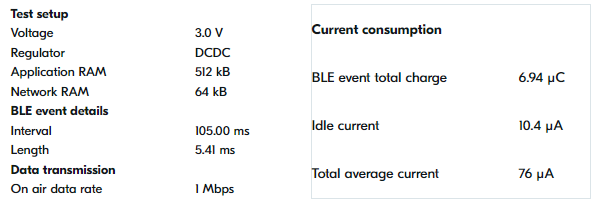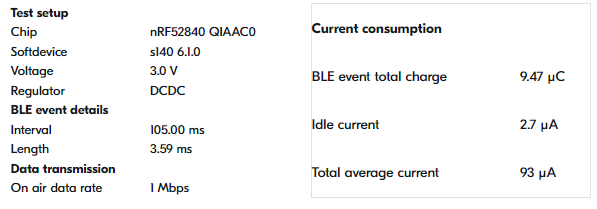I'd like to design a board that includes:
- nRF5340 (Bluetooth, NFC, Zigbee, etc.)
- nRF9160 (LTE-M)
- Qorvo DW3110 (UWB)
- Antennas for each
- Coin battery for power
I'd like to program the application on the nRF5340, and have the nRF9160 and DW3110 slaved to it. In order to conserve power, I'd like to entirely disable the Cortex processor in the nRF9160 if possible, so I have a couple questions:
- Is it possible to disable the application processor in the nRF9160, while allowing the nRF5340's processor to control the nRF9160's LTE-M functionality?
- If not, is there any way to set this up so that only the nRF5340 needs to be programmed, and we don't need to program both chips?
Unrelated, but how does power consumption compare between the nRF5340 and the nRF52840? I would have thought the nRF5340 had higher consumption since it has an additional 128MHz Cortex, but according to the online power profiler, it's actually substantially less (76 µA average for the nRF5340 vs. 93 µA average for the nRF52840). Is this expected, and if so, how is that possible when it has 3x the processing power?
Thanks!




